Remember when the world seemed simpler, even if it really wasn’t? The 1960s were a time of incredible change, yet there were certain things that everyone just took for granted as part of daily life. From smoking in hospitals to hitchhiking across the country without a second thought, these were the norms that shaped an entire generation’s experience of growing up and coming of age.
1. Ashtrays Were Standard Furniture in Every Room

Walk into any home, office, restaurant, or even hospital in the ’60s, and you’d find ashtrays scattered around like decorative bowls today. They weren’t just functional items—they were often beautiful pieces of glass or ceramic that matched the decor. Every coffee table, nightstand, and desk had its designated smoking spot, and hostesses took pride in having enough clean ashtrays for their guests. Antique Trader reviews if these vintage classics are worth a pretty penny.
The idea that smoking might not be welcome indoors was simply unthinkable back then. Dinner parties meant cigarettes with coffee, business meetings included smoke-filled conference rooms, and even airplanes had ashtrays built right into the armrests. It wasn’t until the late ’70s and ’80s that we began to understand what we were really breathing in all those years.
2. Kids Roamed the Neighborhood Until the Streetlights Came On
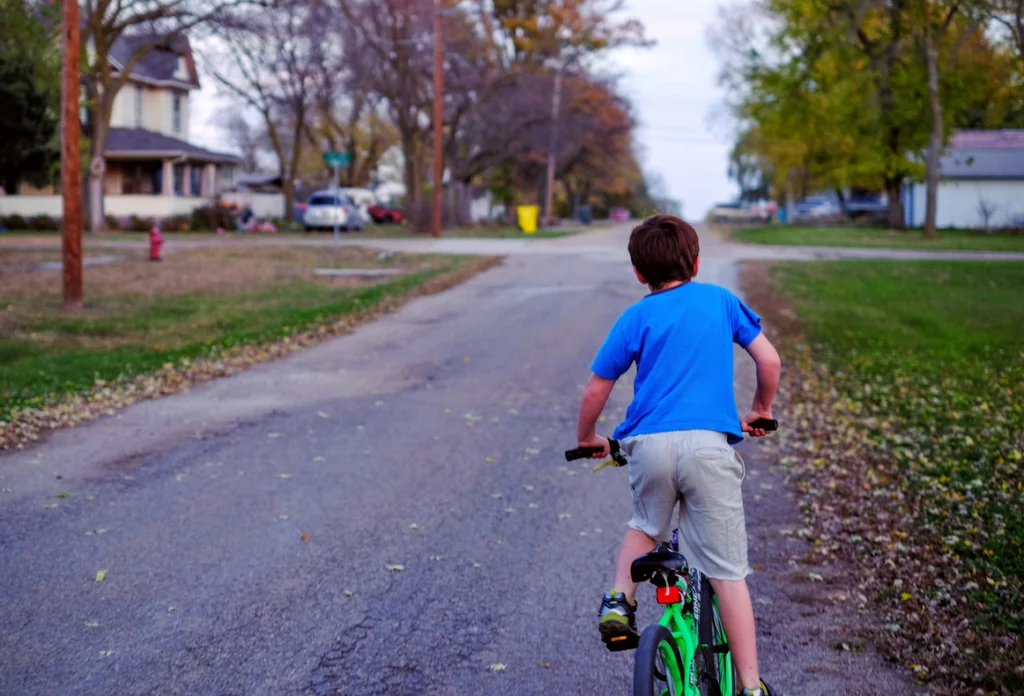
Summer days meant freedom that today’s parents would find absolutely terrifying. Children as young as five or six would leave the house after breakfast and not return until dinner, with no cell phones, no GPS tracking, and no scheduled activities. The only rule was to be home when you heard your mother calling your name or saw those streetlights flickering to life. Big Life Journal promotes decreasing screentime in favor of embracing more outdoor play time.
Parents didn’t worry about where their kids were or what they were doing—they trusted the neighborhood to keep an eye on everyone’s children. We built forts in the woods, rode our bikes for miles, and knocked on friends’ doors to see if they could come out and play. The concept of a “playdate” didn’t exist because every day was essentially one big, unstructured playdate with whoever happened to be around.
3. Hitchhiking Was Just Another Way to Get Around

Sticking your thumb out on the side of the road was as normal as catching a bus or calling a taxi. College students hitchhiked between campuses, young people traveled cross-country with nothing but a backpack and optimism, and it wasn’t unusual to give rides to strangers who looked trustworthy. The highways were full of people helping each other get from point A to point B, and it was considered common courtesy to offer a lift if you had room. Indeed, WBUR asserts that hitchhiking is a lens through which to view a whole aspect of American culture.
The whole system ran on a foundation of trust that seems almost quaint by today’s standards. Drivers felt safe picking up hitchhikers, and hitchhikers felt confident that most people were decent folks just trying to help out. Sure, parents might warn you to be careful, but the idea that this practice would become virtually extinct due to safety concerns would have seemed like paranoid thinking back then.
4. Three TV Channels Were Plenty of Entertainment
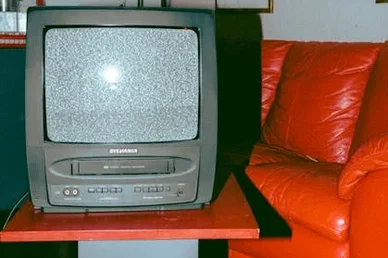
The evening ritual of gathering around the television meant choosing between CBS, NBC, and ABC—and that was it, unless you were lucky enough to get a fuzzy PBS signal. Families would actually negotiate about what to watch because there was only one TV in most homes, usually positioned like an altar in the living room. Missing your favorite show meant waiting for summer reruns or hoping someone at school would fill you in on what happened.
The TV Guide was essential reading, almost like a weekly newspaper that helped you plan your entire entertainment schedule. We’d circle our must-see programs with a pencil and genuinely look forward to appointment television because there was no recording, no streaming, and no on-demand anything. If “Bonanza” was on at 9 PM on Sunday, that’s where the whole family would be, gathered together whether they particularly wanted to watch it or not.
5. Seat Belts Were Optional Accessories
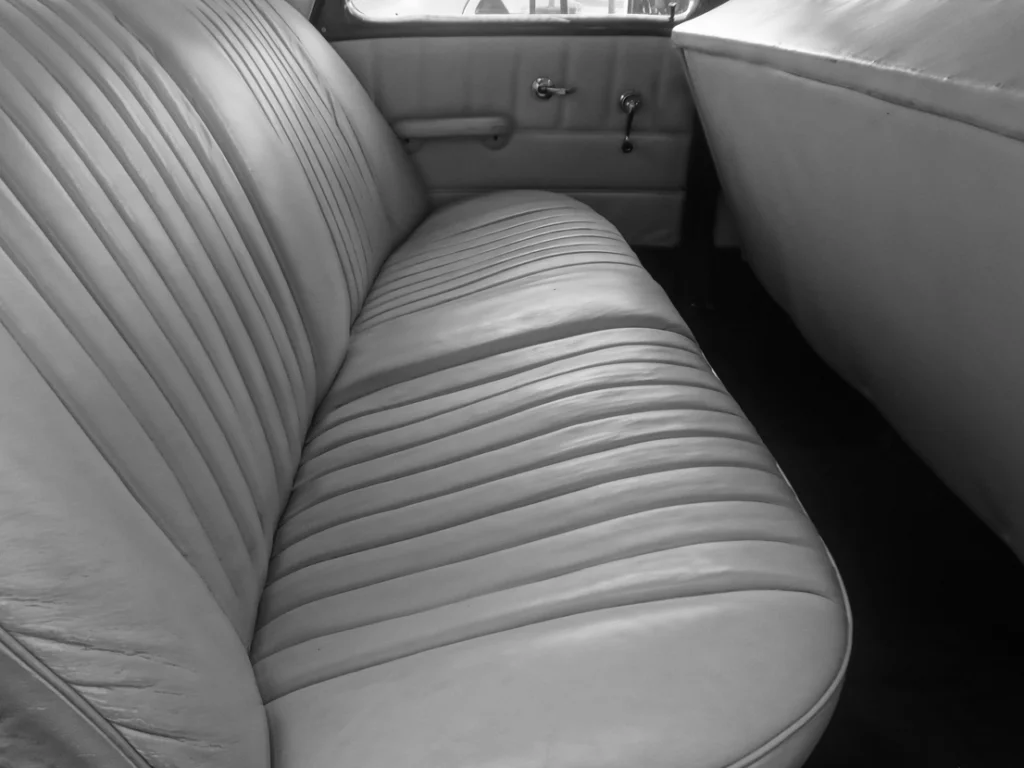
Most cars came equipped with seat belts by the mid-’60s, but actually wearing them was about as common as wearing a helmet while riding a bicycle—which is to say, almost nobody did it. The belts were often buried deep in the seat cushions, and many people saw them as a sign that you didn’t trust your own driving abilities. Even when you did buckle up, it was usually just the lap belt, since shoulder straps weren’t standard until later.
Children bounced around the car like pinballs, often standing on the front seat or lying in the back window during long trips. Car seats for babies were basically little chairs that kept the child contained but offered no crash protection whatsoever. The idea that the government would eventually mandate seat belt use would have struck most people as an outrageous overreach—after all, shouldn’t adults be free to make their own choices about safety?
6. Phone Numbers Started with Names Like “Madison” and “Butterfield”
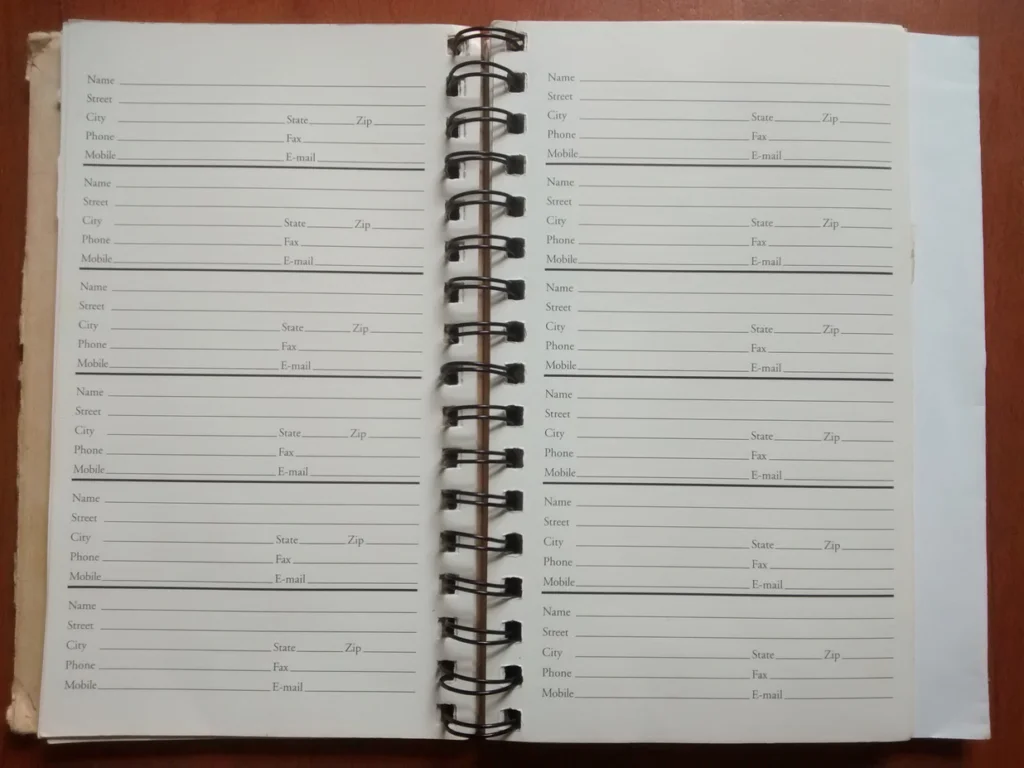
Before area codes became mandatory, phone numbers began with exchange names that reflected the neighborhood’s character or history. You might call Madison 4-7829 or Butterfield 8-3205, and everyone knew these names represented the first two letters of the actual number on the rotary dial. It gave phone numbers a personality and made them easier to remember when you had to memorize dozens of them.
The rotary phone itself was a piece of furniture that demanded patience and precision. Dialing a wrong number meant starting over from the beginning, and long-distance calls required an operator and cost enough money that you’d plan what to say before picking up the receiver. The busy signal was just part of life—if someone was on the phone, you’d have to try again later, and that was perfectly acceptable to everyone involved.
7. Doctors Made House Calls with Their Little Black Bags
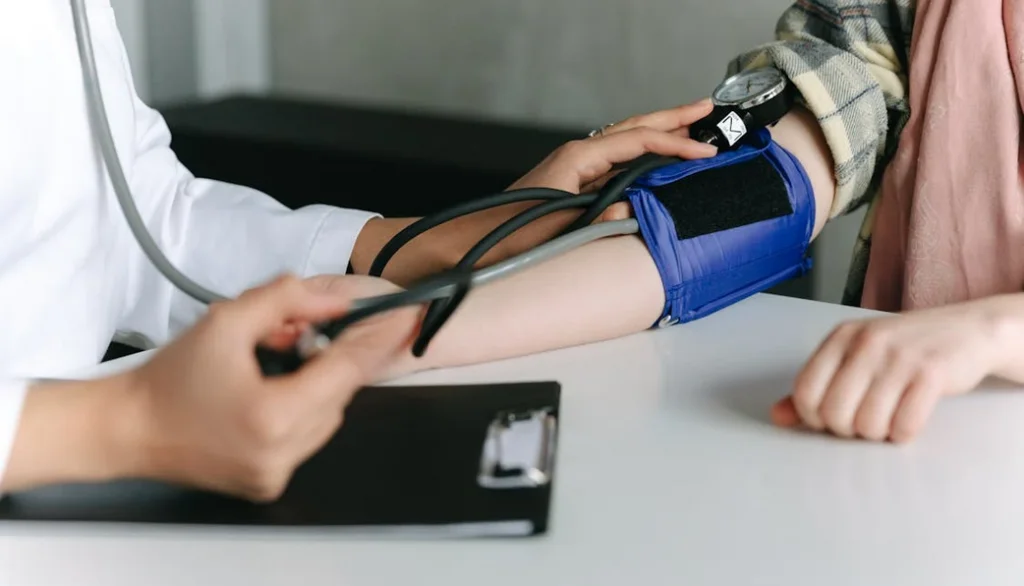
When someone in the family got sick, the doctor often came to you rather than the other way around. These medical professionals would arrive at your door with their distinctive black leather bags, ready to examine patients in the comfort of their own bedrooms. It was personalized healthcare at its finest, with doctors who knew entire families and their medical histories by heart.
The whole experience felt more human and less clinical than today’s medical system. Your family doctor might stay for coffee after treating a patient, and they often knew about family situations, financial struggles, and community gossip that helped them provide better care. Insurance was simpler too—many people paid their medical bills directly, and costs were low enough that a house call didn’t require taking out a second mortgage.
8. Gas Station Attendants Checked Your Oil and Washed Your Windows

Full-service gas stations were the norm, not the luxury they’d become by the ’80s and ’90s. When you pulled up to the pump, an attendant in a clean uniform would come out to greet you, fill your tank, check your oil level, examine your tire pressure, and clean every window until it sparkled. This level of service was included in the price of gas, which hovered around 30 cents per gallon.
The gas station was often a social hub where you’d chat with the attendants about your car troubles, get recommendations for mechanics, and maybe hear some local news or gossip. Many stations offered trading stamps or small gifts with fill-ups, and the attendants took pride in knowing their regular customers’ preferences. The idea of pumping your own gas, let alone paying at the pump with a credit card, would have seemed like science fiction.
9. Milk Was Delivered Fresh to Your Doorstep Every Morning
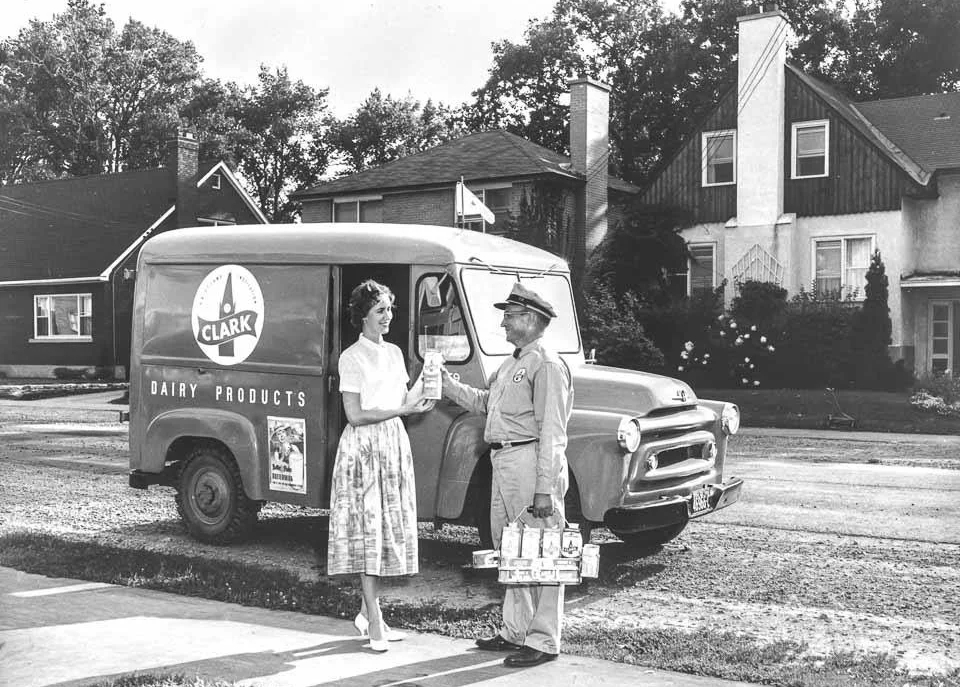
The gentle clink of glass bottles on the front porch was a comforting morning sound that meant fresh milk, cream, and sometimes eggs or butter had arrived while you slept. Milkmen knew their routes like mail carriers, understanding each family’s needs and preferences. You’d leave empty bottles out with notes requesting more milk, or perhaps some cottage cheese for the weekend.
This system worked because people trusted each other and maintained predictable routines. The milk was often fresher than what you’d find in stores, coming directly from local dairies that took pride in their products. Payment was usually handled weekly or monthly, often with a simple handshake agreement that seems almost magical by today’s standards of contracts and credit checks.
10. Everyone Dressed Up to Go Anywhere Important
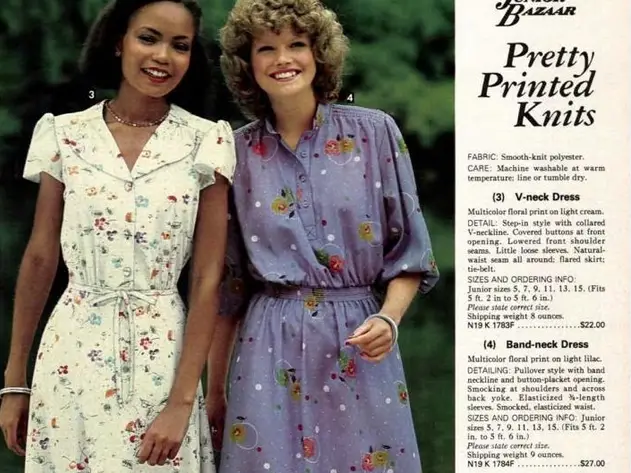
Flying on an airplane meant putting on your best clothes—men wore suits and ties, women wore dresses and heels, and children were expected to look like miniature adults. The same was true for going to restaurants, attending church, visiting the doctor, or even going shopping downtown. Looking presentable wasn’t just about personal pride; it was about showing respect for the places you visited and the people you might encounter.
The concept of “casual Friday” didn’t exist because every day had its dress code, and people generally knew what was appropriate for different occasions. Even teenagers, despite their reputation for rebellion, usually understood that certain situations required a certain level of formality. Wearing jeans to school was often against the rules, and showing up underdressed anywhere was considered a sign of poor upbringing or disrespect.
11. Banks Were Only Open During Business Hours on Weekdays

Banking was a planned activity that required adjusting your schedule to match the bank’s limited hours—typically 9 AM to 3 PM, Monday through Friday. If you needed cash for the weekend, you had better remember to get to the bank by Friday afternoon, or you’d be stuck with whatever was in your wallet. The idea of 24-hour access to your money through an ATM was still more than a decade away.
Bank tellers knew their customers personally and could tell you your balance from memory. Transactions were recorded by hand in little booklets, and balancing your checkbook was a monthly ritual that required actual math skills. Credit cards were rare and mainly used for major purchases, so most people operated on a cash basis that required much more planning and budgeting than today’s instant-access financial world.
12. TV Stations Signed Off at Midnight with the National Anthem
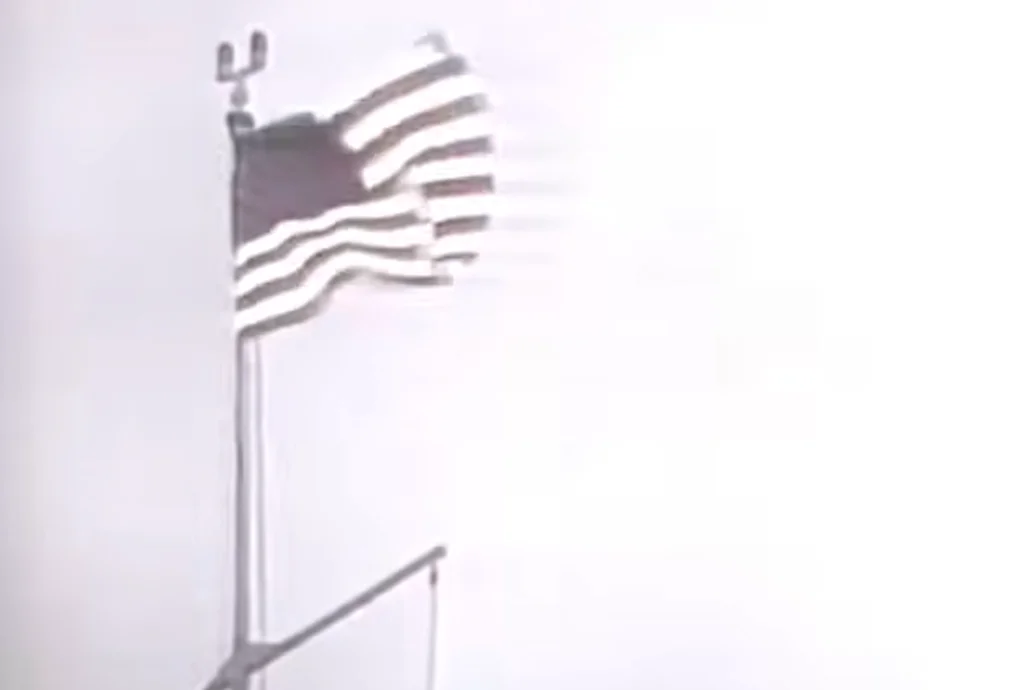
Television programming didn’t continue around the clock—stations actually shut down for the night after playing “The Star-Spangled Banner” and showing a waving American flag. After that, your screen would go to static or display a test pattern until morning programming resumed. Late-night entertainment meant radio, books, or actual conversation with whoever else was still awake.
The ritual of stations signing off created a natural rhythm to the day that told everyone it was time to wind down and go to sleep. There was something both patriotic and comforting about that nightly anthem, a shared moment that connected viewers across the country. The idea that television would someday never stop, with hundreds of channels broadcasting continuously, would have seemed both exciting and slightly overwhelming to most people.
13. You Could Board an Airplane Without ID or Security Checks
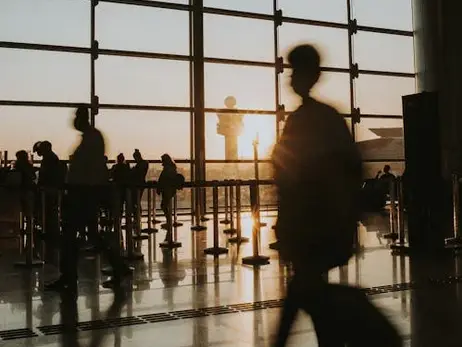
Air travel in the ’60s was remarkably simple—you bought a ticket, walked to the gate, and boarded the plane without anyone asking for identification or searching your belongings. Families could walk right up to the gate to see loved ones off or welcome them home, and the boarding process was relaxed and civilized. Flying was still special enough that people dressed up for it, but accessible enough that it wasn’t reserved only for the wealthy.
The airports themselves were smaller, friendlier places where you might run into neighbors or strike up conversations with strangers who shared your travel delays. Security consisted mainly of keeping an eye out for obviously dangerous individuals, and the biggest worry was whether your luggage would make it to the same destination you did. The cockpit doors often stayed open during flight, and children could sometimes visit the pilots and get a pair of wings to pin on their shirts.
Those were different times, weren’t they? Some of these changes happened for good reasons—we’re undeniably safer and healthier in many ways than we were back then. But there’s something to be said for the simplicity, trust, and human connection that characterized so much of daily life in the 1960s. While we can’t turn back the clock, we can certainly appreciate how these shared experiences shaped a generation and remember what it felt like when the world moved at a gentler pace.


